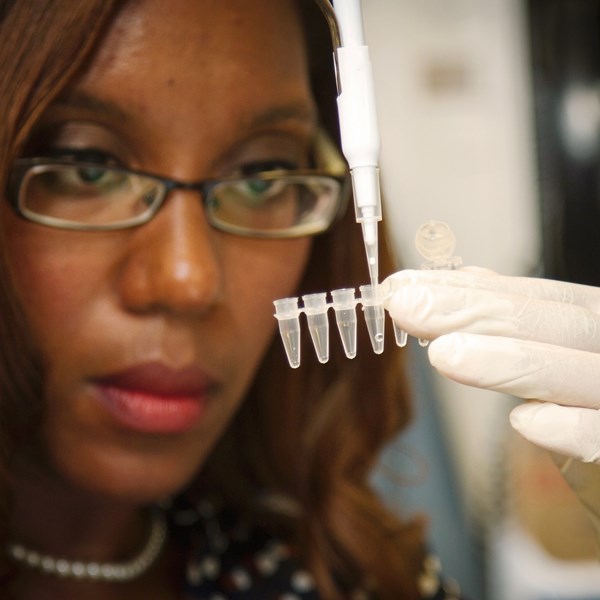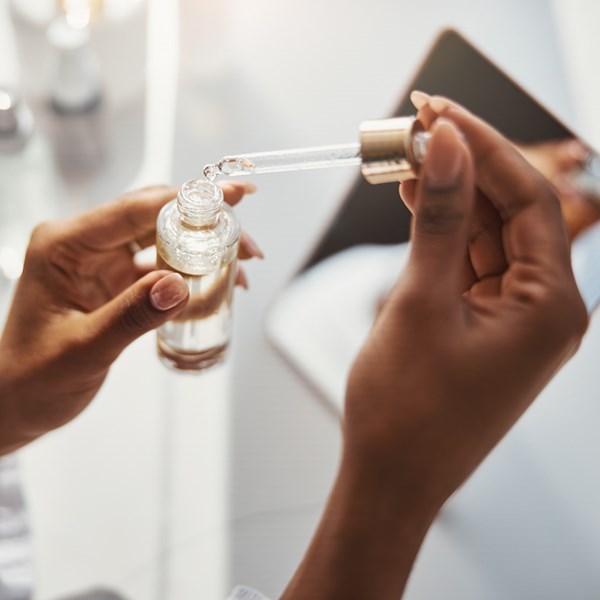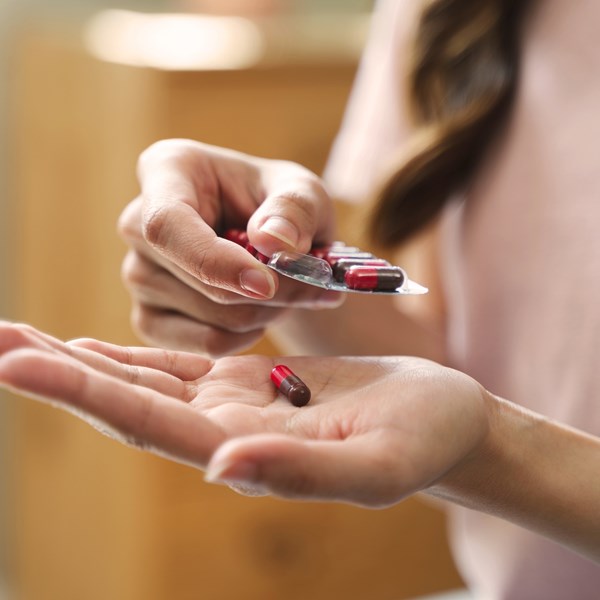Following July's judgment from the Court of Justice of the EU (CJEU), Mr Justice Arnold has handed down his final decision in Teva v Gilead, finding Gilead's SPC to be invalid.
Arnold J ruled that Gilead's anti-retroviral/anti-HIV combination product of tenofovir disoproxil (TD) and emtricitabine is not "protected by a basic patent in force" according to Article 3(a) of the SPC Regulation.
CJEU REFERENCE C-121/17
Supplementary Protection Certificates (SPCs) provide up to five and a half years of additional protection, beyond patent expiry, for products (medicinal or plant protection) that require a marketing authorisation.
The relevant claim in Gilead's patent (EP 0915894) relates to TD "together with a pharmaceutically acceptable carrier and optionally other therapeutic ingredients" (Claim 27) and the original High Court case (Teva v Gilead [2017] EWHC 13 (Pat)) revolved around Article 3(a) of the SPC Regulation and whether "other therapeutic ingredients" could relate "implicitly but necessarily and specifically" to emtricitabine.
However, the original case concluded with a request for the CJEU to clarify the meaning of "protected by a basic patent in force" in Article 3(a) of the SPC Regulation (EC 469/2009).
In response, the CJEU's judgment of 25 July 2018 (C-121/17; see our earlier report) introduced a new two-pronged test for whether a product consisting of a combination of active ingredients is "protected by a basic patent in force". The CJEU ruled that in order for the claims to "relate necessarily and specifically" to the combination:
"from the point of view of a person skilled in the art and on the basis of the prior art at the filing date or priority date of the basic patent:
a) the combination of those active ingredients must necessarily, in the light of the description and drawings of that patent, fall under the invention covered by that patent, and
b) each of those active ingredients must be specifically identifiable, in the light of all the information disclosed by that patent" (emphasis added).
The CJEU then left it to the national court to determine, on the facts of the case, whether Gilead's combination SPC meets these two criteria.
2018 HIGH COURT JUDGMENT IN TEVA V GILEAD
Following a hearing on 12 September 2018, Arnold J handed down his final judgment in Teva v Gilead ([2018] EWHC 2416 (Pat)) on 18 September 2018.
In summarising the CJEU's judgment in C-121/17, Arnold J stated that "what the Court is saying is that the purpose of the SPC Regulation is to enable the holder of the basic patent to obtain supplementary protection for what the patentee actually invented and not for what the patentee did not invent" (paragraph 10; emphasis added).
Overall, Arnold J considered that although the CJEU used terminology from patent law out of context, the CJEU's intention in the two tests is sufficiently clear.
Regarding the first test ("the combination... must... fall under the invention"), Arnold J discounted Gilead's submission that it is a pure extent-of-protection test. Instead,
"more is required than that the product should fall within the scope of the claim: the skilled person must understand that the product is 'a specification required for the solution for the technical problem'. ...[T]his is not as pellucid as one would hope... Nevertheless, the sense is tolerably clear: the product must be one that the skilled person would understand... as embodying the technical contribution made by the patent" (paragraph 15; emphasis added).
In view of the fact that Gilead's patent (EP 0915894) does not mention emtricitabine or its combination with TD, Arnold J held that "there is no basis for the skilled person to understand that the combination embodies the technical contribution of the patent. TD embodies the technical contribution of the Patent, but that is a different matter" (paragraph 38). Hence, the SPC did not meet the requirements of the first test.
Second, Arnold J held that emtricitabine is not "specifically identifiable, in the light of all the information disclosed by [the] patent", as required by the second test (see paragraph 39). The patent fails to mention emtricitabine, either alone or implicitly as a member of any structural or functional class of compounds mentioned in the patent for use as a therapeutic ingredient with TD. Further, the effectiveness of emtricitabine as an anti-HIV agent in humans was not known in the art, nor indeed did it form part of the common general knowledge of the skilled person. Hence, the SPC did not meet the requirements of the second test either.
Finally, paragraphs 23-35 of the judgment include a discussion of Gilead's application to admit further evidence and to have a further 2-3 day trial. Arnold J considered that there had been ample opportunity to adduce further expert evidence during the first trial, and so the application was wholly denied: first, as being an abuse of process analogous to attempting to amend patent claims after trial; second, as being counter to the overriding objective; and third, because no evidence could possibly remedy the failure of the patent itself to satisfy the first test. Hence, in the judge's opinion, a further trial would not provide any hope for a different result.
CONCLUSION
Unsurprisingly, the High Court judgment ruled that Gilead's SPC was invalid in view of the new two-pronged test introduced by the CJEU, in accordance with the CJEU's obiter suggestions for how to apply its test to the facts of the case.
The CJEU's judgment, followed in this High Court ruling, makes the test for "protected by a basic patent" more stringent for combination SPCs, and it is likely that innovators applying for SPCs for combination products will now require evidence and explanations of how and why the skilled person would consider both of the CJEU's criteria to be satisfied.
We eagerly await judgment in two further references that are pending before the CJEU, which focus on what constitutes “protected by a basic patent” in the context of single active ingredients (Royalty Pharma (C‑650/17) and Sandoz v Searle (C-114/18)). More updates will follow in due course.
If you are interested in filing or challenging SPCs, particularly where the patents in question relate to a combination of active ingredients or simply require any further information, please contact Michael Pears of our SPC and Regulatory group.






